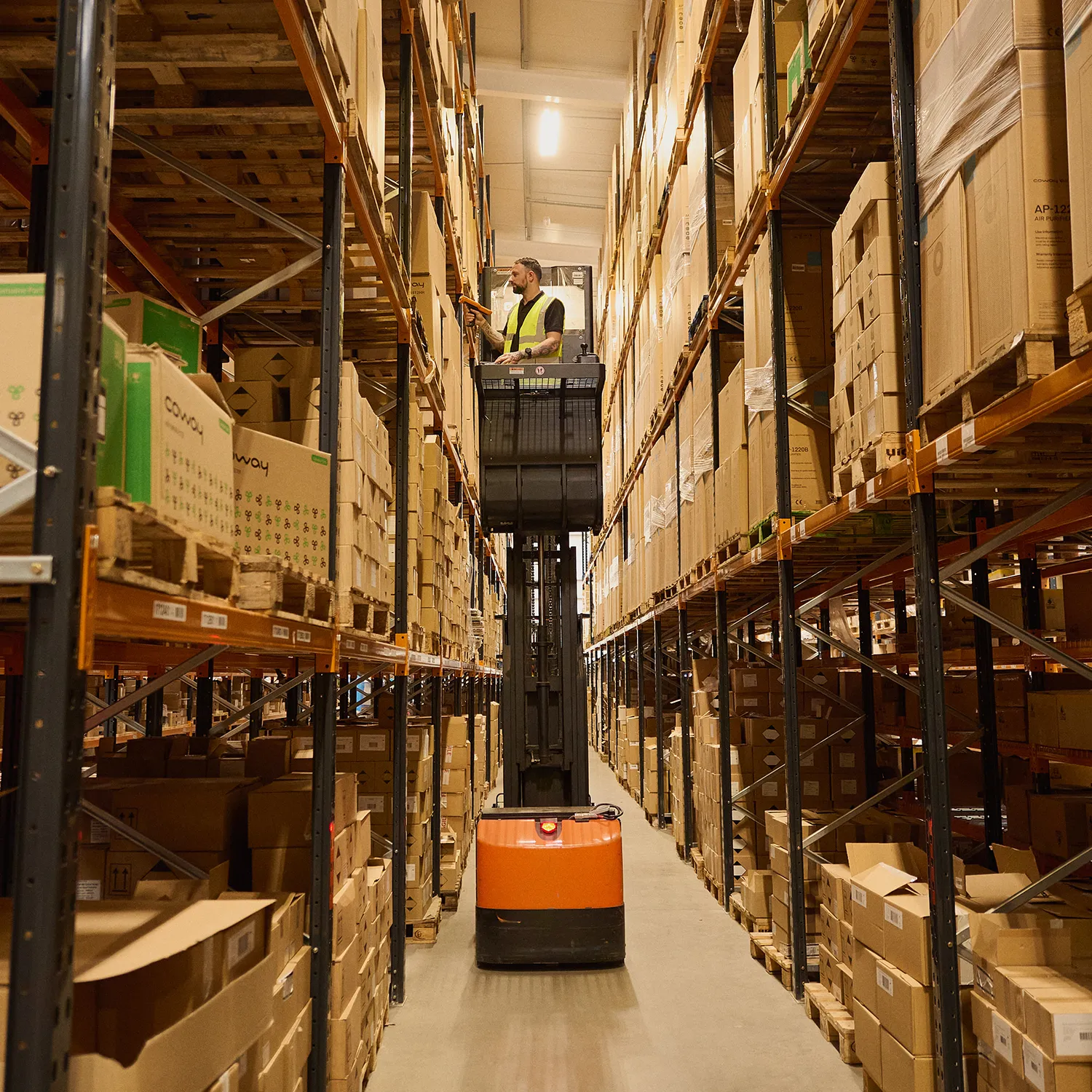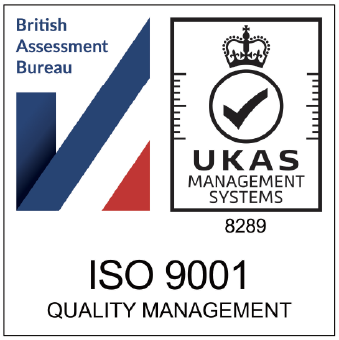Article Overview
- Many ecommerce businesses struggle with scaling fulfilment efficiently, especially during periods of growth or seasonal demand.
- Common mistakes include poor inventory tracking, inaccurate order picking, slow returns, and relying on manual processes.
- These issues can cause delays, increased costs, customer complaints, and brand damage.
- Outsourcing to an experienced ecommerce fulfilment provider can solve many of these challenges through automation and proven systems.
- 3PL’s integrated Fusion platform helps ecommerce businesses streamline operations, reduce error rates, and increase customer satisfaction.
Why fulfilment mistakes are costing your ecommerce business
Ecommerce fulfilment is one of the most crucial aspects of a successful online operation. Get it right, and your customers are happy, loyal, and likely to return. Get it wrong, and you face negative reviews, lost sales, and damaged reputation. Whether you’re managing your own fulfilment or using a third-party logistics (3PL) provider, the margin for error is small – but the consequences can be significant.
Even established businesses fall into the same traps. Let’s explore the most common fulfilment mistakes and how you can avoid them.
Mistake 1: Inaccurate inventory data
One of the biggest issues in ecommerce fulfilment is poor inventory accuracy. If your system tells you there are 50 units in stock but in reality there are only 40, you’re at risk of overselling, disappointing customers, and having to issue refunds. Equally, underestimating your stock can cause you to pause marketing or miss out on sales.
This is especially common when businesses sell across multiple platforms – like Amazon, Shopify, eBay, and TikTok Shop – without a centralised system.
How to avoid it:
Use real-time inventory management that syncs across all your sales channels. Software like 3PL Fusion gives you accurate stock levels at all times, helping prevent overselling, stockouts, and unnecessary delays.
Mistake 2: Manual order processing
It’s tempting for small businesses to manage fulfilment manually in the early stages – printing orders, picking them from shelves, packing, and labelling everything by hand. But as order volumes increase, so does the room for error.
Manual processes are time-consuming and leave you vulnerable to mistakes like missed items, incorrect packaging, or delays in shipping.
How to avoid it:
Automate your order workflows. Use software to generate picking lists, shipping labels, and real-time courier tracking. 3PL Fusion integrates with your platforms and automates the full journey – from order to despatch.
Mistake 3: Lack of a defined returns process
Returns are a natural part of ecommerce. But many businesses treat them as an afterthought, leaving customers unclear on how to send items back – or worse, frustrated by long delays in refunds.
A poor returns experience can seriously affect your brand reputation and discourage future purchases.
How to avoid it:
Have a clear, easy-to-follow returns process. Offer pre-paid return labels, communicate timelines clearly, and automate refund processing. With Fusion, return labels can be auto-generated and tracked from start to finish, simplifying things for both you and your customers.
Mistake 4: Ignoring delivery speed and cut-off times
Today’s customers expect speed. Next-day and even same-day delivery are becoming the norm in many ecommerce sectors. If you’re slow to dispatch or your courier cut-off times are too early, you could lose customers to faster competitors.
This becomes a bigger issue during peak periods like Black Friday or Christmas, where customer patience wears thin.
How to avoid it:
Work with a fulfilment partner that offers later cut-off times (3PL provides options as late as 11pm), and integrates directly with your courier partners to ensure timely despatch. Automating courier selection based on location, parcel size, or SLA can improve delivery speed and reduce cost.
Mistake 5: Poor warehouse layout and picking strategy
If you’re managing your own warehouse and haven’t optimised your layout, you’re probably wasting time. Staff walking back and forth to pick items can cost you hours each week.
A lack of clear zones or bin locations also increases the chance of mispicks – one of the most common causes of fulfilment errors.
How to avoid it:
Implement a structured warehouse layout with clear zones, barcoding, and scanning. Use a pick-and-pack strategy that fits your product range – batch picking for high-volume SKUs, or wave picking for mixed orders. A good 3PL partner will already have this in place.
Mistake 6: Not forecasting accurately
Ecommerce success often comes in waves – viral TikToks, seasonal demand, influencer partnerships. But if you can’t forecast demand, you won’t have the stock or workforce ready to meet it.
Poor forecasting leads to stockouts, rushed reordering, or overstocking – all of which are costly.
How to avoid it:
Track historic sales, use platform data (like Shopify analytics or Amazon Seller Central), and factor in promotions or marketing campaigns. Fusion’s reporting tools help you spot trends and plan ahead, so you always have the right stock in the right place.
Mistake 7: Inflexible courier options
Relying on a single courier service can be risky. What happens if they’re delayed? What if a customer requests weekend delivery and your courier doesn’t support it?
Single-courier dependency can limit your service options and make your delivery costs less competitive.
How to avoid it:
Use a fulfilment system that supports multi-carrier routing. With Fusion, you can assign different couriers based on delivery timeframes, parcel size, or destination. This improves customer choice and protects your margins.
Mistake 8: Not scaling with your growth
What works when you’re doing 100 orders a month won’t work when you hit 1,000. Many ecommerce businesses get caught out by growth, continuing with outdated systems or trying to “just get by”.
This leads to burnout, unhappy customers, and lost revenue.
How to avoid it:
Put scalable systems in place early. Whether that means outsourcing to a fulfilment partner, upgrading your inventory platform, or hiring warehouse staff – plan for growth before it overwhelms you. With 3PL, you can grow from 50 to 5,000 orders a day without changing your tech stack.
Scale without mistakes with a trusted fulfilment partner
Avoiding these common mistakes isn’t about being perfect – it’s about building resilient, efficient systems that support your growth. Whether you’re looking to improve order accuracy, speed up returns, or simply reduce your admin time, working with a fulfilment partner like 3PL can help.
Our Fusion platform gives you full control and visibility across your ecommerce operation – while our expert team handles the picking, packing, shipping, and returns.
Get in touch today to learn how 3PL can improve your fulfilment accuracy and scale your ecommerce growth.
Speak to 3PL about your order fulfiment
It’s time to supercharge your business and overtake your competitors. Speak to 3PL today and find out how we can take your ecommerce and B2B fulfilment to the next level.






